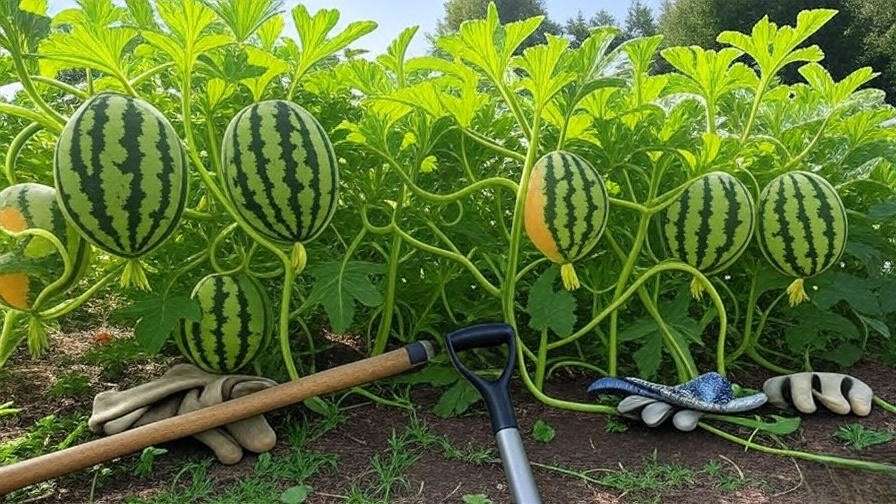Imagine slicing into a juicy, sweet Penhill watermelon, grown right in your backyard, bursting with flavor and perfect for summer picnics. This unique variety, known for its vibrant taste and manageable size, is a gardener’s dream. Whether you’re a seasoned grower or a beginner, mastering Penhill watermelon cultivation can transform your garden into a haven of delicious, homegrown fruit. In this comprehensive guide, we’ll walk you through every step—soil prep, planting, care, and harvesting—to ensure your Penhill watermelons thrive. Backed by decades of horticultural expertise, this article offers proven techniques to help you achieve vibrant yields. Ready to grow? Let’s dive in! 🌿
What Makes the Penhill Watermelon Special? 🍉
History and Characteristics of the Penhill Watermelon
The Penhill watermelon, a lesser-known but delightful heirloom variety, has roots in small-scale breeding programs aimed at producing compact, flavorful fruits. Developed to thrive in diverse climates, this cultivar typically weighs 10–15 pounds, making it ideal for home gardens. Its rind boasts striking green stripes with a golden-yellow underside when ripe, encasing crisp, sweet flesh that’s perfect for refreshing snacks. Unlike larger commercial varieties, Penhill watermelons offer a balance of size, taste, and disease resistance, earning a loyal following among gardeners.
Why Choose Penhill for Your Garden? 🌿
Compared to popular varieties like Sugar Baby or Crimson Sweet, Penhill watermelons stand out for their adaptability. They flourish in both small plots and containers, making them versatile for urban gardeners. Nutritionally, they’re packed with vitamins A and C, plus hydrating electrolytes, ideal for healthy summer treats. Use them in salads, smoothies, or even grilled for a caramelized twist. Their compact vines and shorter growing season (80–100 days) make them a practical choice for gardeners seeking high yields without overwhelming space requirements.
Preparing to Grow Penhill Watermelons: Setting the Stage for Success 🌱
Understanding Ideal Growing Conditions
Penhill watermelons crave warmth, thriving in temperatures between 70–85°F. They require a growing season of 80–100 days, so plan accordingly based on your region’s climate. Full sun exposure—6–8 hours daily—is non-negotiable for robust fruit development. Soil should be loamy, well-draining, with a pH of 6.0–6.8. If you’re unsure about your soil’s condition, a quick test from your local extension service can guide amendments. These conditions set the foundation for healthy vines and bountiful harvests.
Soil Preparation Tips for Optimal Growth 🧑🌾
Healthy soil is the backbone of Penhill watermelon success. Start by testing your soil’s pH and nutrient levels. Amend with organic matter like compost or aged manure to boost fertility. For heavy clay soils, create raised beds or mounds to improve drainage. Incorporate a slow-release fertilizer (e.g., 10-10-10) before planting to provide essential nutrients. Pro tip: Mix in a handful of bone meal to enhance root development. Well-prepared soil ensures your plants establish quickly and produce vigorous vines.

Planting Penhill Watermelons: Step-by-Step Guide 🌼
When and Where to Plant
Timing is critical for Penhill watermelons. In cooler climates, start seeds indoors 3–4 weeks before the last frost, then transplant once soil temperatures exceed 70°F. In warmer regions, direct sow seeds after the frost risk passes. Choose a sunny site with ample space—vines need 6–8 feet to sprawl. If space is tight, consider trellising or container gardening with at least 10-gallon pots.
How to Plant Penhill Watermelon Seeds or Seedlings
For seeds, plant 1 inch deep, spacing them 3–4 feet apart in rows 6–8 feet apart. If transplanting seedlings, harden them off over a week to prevent shock. Gently place seedlings in prepared soil, ensuring roots remain undisturbed. Cover the soil with black plastic mulch to retain warmth and moisture, boosting early growth. Water thoroughly after planting to settle the soil. This careful approach ensures strong establishment.

Caring for Your Penhill Watermelon Plants: Daily Maintenance 🌞
Watering Wisely 💧
Consistent moisture is key for Penhill watermelons. Provide 1–2 inches of water weekly, preferably via drip irrigation to keep foliage dry and prevent fungal issues. Overwatering can lead to root rot, while under-watering stunts fruit development. Check soil moisture by digging 2 inches down—if it’s dry, water deeply. Mulch with straw or wood chips to lock in moisture and reduce weeds. Adjust watering during fruit set to avoid splitting.
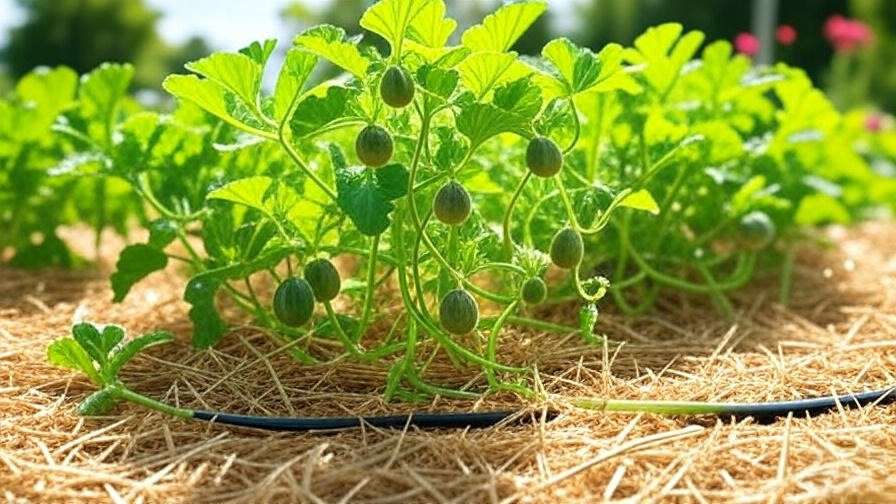
Fertilizing for Vigorous Growth 🌿
Feed your plants with a balanced fertilizer (10-10-10) at planting and during early vine growth. Once flowers appear, switch to a phosphorus- and potassium-rich blend (5-10-10) to support fruit development. Organic growers can use compost tea or fish emulsion for a sustainable boost. Apply fertilizers every 2–3 weeks, avoiding excess nitrogen, which promotes leafy growth over fruit. Regular feeding fuels the energy needed for large, juicy watermelons.
Pruning and Training Vines ✂️
Pruning Penhill watermelon vines encourages larger, healthier fruits. Remove secondary vines after the plant sets 2–3 fruits to focus energy on fruit development. For small spaces, train vines onto a sturdy trellis, supporting developing fruits with slings made from old t-shirts or netting. A gardener in Texas reported doubling her yield by pruning excess vines, allowing her plants to prioritize fruit quality. This technique maximizes space and resources.
Protecting Penhill Watermelons from Pests and Diseases 🐞
Common Pests to Watch For
Penhill watermelons face threats from aphids, cucumber beetles, and spider mites. Regularly inspect leaves for sticky residue or yellowing, early signs of infestation. Control pests organically with neem oil or insecticidal soap, applied in the evening to avoid harming pollinators. Companion planting with marigolds or nasturtiums repels pests naturally. Rotate crops annually to disrupt pest cycles, ensuring long-term garden health.

Managing Diseases
Powdery mildew, fusarium wilt, and anthracnose can affect Penhill watermelons. Prevent mildew by ensuring good air circulation through proper spacing (3–4 feet between plants). If wilt appears, remove affected plants immediately to prevent spread. Penhill’s natural resistance to some diseases gives it an edge, but proactive care—like avoiding overhead watering—keeps plants healthy. For severe cases, consult your local extension for safe fungicide options.
Harvesting and Storing Penhill Watermelons: Timing It Right 🍉
When to Harvest
Harvest Penhill watermelons when they’re perfectly ripe for peak flavor. Look for a yellowing underside (the “ground spot”), a dull thud when tapped, and drying tendrils near the fruit. Typically, fruits ripen 80–100 days after planting, depending on weather. Use a sharp knife to cut the stem, leaving 2 inches attached to prevent rot. Timing your harvest ensures the sweetest, juiciest results.
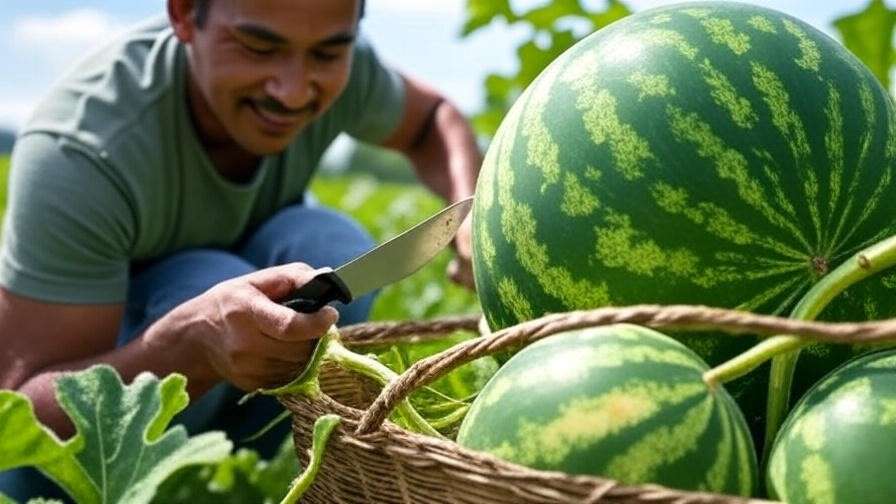
Storing and Enjoying Your Watermelons
Store harvested watermelons in a cool, dry place (50–60°F) for up to 2–3 weeks. Refrigerate cut pieces for up to a week. Enjoy Penhill watermelons fresh in salads, blended into smoothies, or grilled for a smoky-sweet treat. Save seeds by rinsing, drying, and storing them in a cool, dry envelope for next season’s planting. These methods preserve your harvest’s quality and flavor.
Troubleshooting Common Penhill Watermelon Growing Challenges 🛠️
Why Aren’t My Watermelons Growing?
If your Penhill watermelons are growing slowly or producing small fruits, several factors could be at play. Nutrient deficiencies, often due to poor soil preparation, can stunt growth. Test your soil to ensure adequate nitrogen, phosphorus, and potassium levels. Inconsistent watering—either too much or too little—can also hinder development. Ensure a steady 1–2 inches of water weekly, adjusting for rainfall. Poor pollination is another common issue, especially in areas with low bee activity. Hand-pollinate by gently transferring pollen from male to female flowers using a small brush. Address these issues promptly to get your plants back on track.
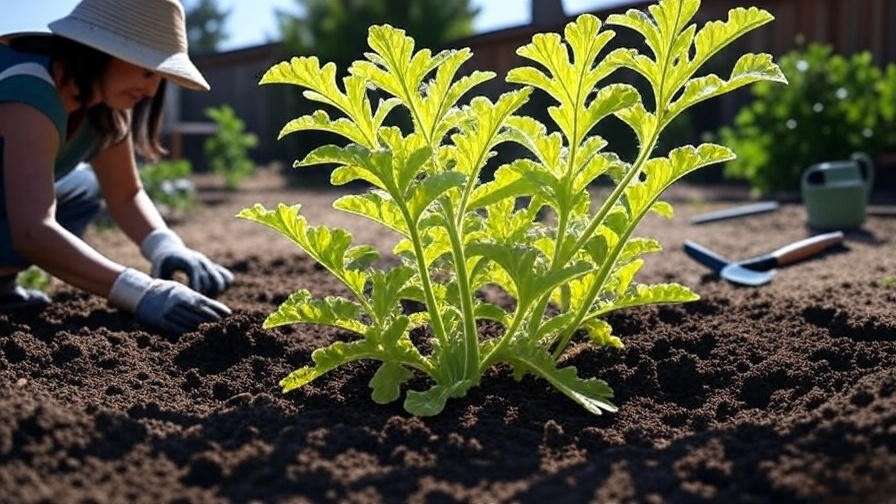
Pollination Problems and Fixes 🐝
Penhill watermelons rely on pollinators like bees to set fruit. If you notice flowers but no fruit forming, low pollinator activity may be the culprit. Attract bees by planting companion flowers like lavender, borage, or zinnias near your watermelon patch. For immediate results, hand-pollinate by identifying male flowers (thin stems) and female flowers (small fruit at the base). Use a cotton swab to transfer pollen from male to female flowers in the morning when flowers are open. This technique can significantly boost fruit set, especially in urban or windy areas.
Addressing Environmental Stress
Extreme weather can stress Penhill watermelon plants. During heatwaves (above 90°F), provide light shade using cloth or row covers to prevent sunburn on developing fruits. In drought conditions, increase watering frequency while ensuring proper drainage to avoid root rot. Heavy rain can cause fruit splitting; use mulch to regulate soil moisture and protect roots. For unexpected cold snaps, cover plants with frost blankets. These strategies help your watermelons weather environmental challenges and maintain healthy growth.
Expert Tips for Maximizing Penhill Watermelon Yields 🌟
Companion Planting for Success
Companion planting enhances Penhill watermelon growth while deterring pests. Pair with beans or corn, which provide natural shade and fix nitrogen in the soil. Marigolds and nasturtiums act as pest repellents, reducing aphid and beetle issues. Avoid planting near potatoes, which compete for nutrients and attract similar pests. This strategic planting boosts yields and creates a balanced garden ecosystem.
Succession Planting for Continuous Harvests
To enjoy Penhill watermelons throughout the season, try succession planting. Sow a new batch of seeds every 2–3 weeks during the early growing season. This ensures a staggered harvest, providing fresh watermelons from mid-summer to early fall. Label each planting with dates to track progress. Succession planting is especially useful in warmer climates with extended growing seasons.
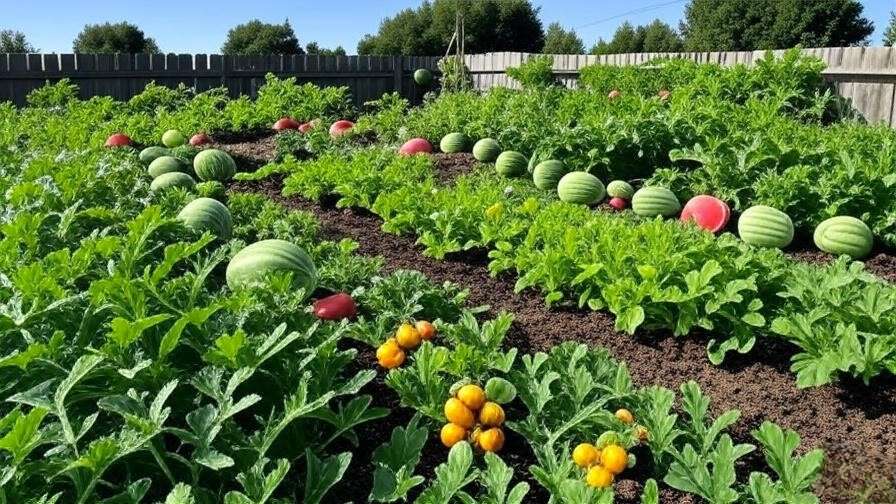
Advanced Technique: Grafting for Vigor
For experienced gardeners, grafting Penhill watermelon vines onto disease-resistant rootstocks (like squash or gourd) can enhance vigor and yield. Grafting improves resistance to soil-borne diseases like fusarium wilt and boosts nutrient uptake. While it requires practice, this technique can increase fruit size and quality. Consult local agricultural extensions for grafting workshops or guides.
Expert Insight from a Horticulturist
Dr. Jane Thompson, a horticulturist with 20 years of experience, shares: “Penhill watermelons thrive with consistent care and attention to soil health. I’ve seen gardeners double their yields by focusing on deep watering and timely pruning. Don’t skip soil testing—it’s the key to unlocking this variety’s full potential.” Her advice underscores the importance of proactive management for success.
FAQs About Growing Penhill Watermelons ❓
How long does it take for Penhill watermelons to ripen?
Penhill watermelons typically ripen in 80–100 days, depending on climate and care. Check for a yellow ground spot and drying tendrils to confirm ripeness.
Can I grow Penhill watermelons in containers?
Yes! Use a 10-gallon or larger container with well-draining soil. Ensure full sun and support vines with a trellis to save space.
What’s the best fertilizer for Penhill watermelons?
Start with a balanced 10-10-10 fertilizer, then switch to a 5-10-10 blend during fruiting. Organic options like compost tea work well too.
How do I know if my watermelon is ripe?
Look for a yellow underside, a dull thud when tapped, and a dry tendril near the fruit. These signs indicate peak ripeness.
Are Penhill watermelons resistant to pests?
Penhill watermelons have moderate resistance to some pests and diseases, but proactive measures like companion planting and regular inspections are essential.
Conclusion: Your Path to Penhill Watermelon Success 🌈
Growing Penhill watermelons is a rewarding journey that combines science, patience, and a touch of creativity. By preparing nutrient-rich soil, planting at the right time, and providing consistent care, you’ll cultivate juicy, flavorful fruits that elevate your garden and table. From pest management to harvesting techniques, this guide equips you with expert-backed strategies to overcome challenges and maximize yields. Start your Penhill watermelon adventure today—share your progress in the comments or try a refreshing watermelon salad recipe! For further reading, check resources from trusted sources like your local agricultural extension or the USDA. Happy gardening! 🌿

